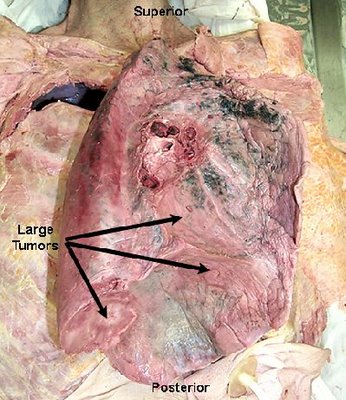NCP for Congestive Heart Failure (CHF)
Congestive Heart Failure (CHF)
Definition
 | Congestive heart failure (CHF) is generally classified as systolic or diastolic heart failure and becomes progressively more common with increasing age. |
Systolic heart failure: The pumping action of the heart is reduced or weakened. A common clinical measurement is the ejection fraction (EF). The ejection fraction is a calculation of how much blood is ejected out of the left ventricle (stroke volume), divided by the maximum volume remaining in the left ventricle at the end of diastole or relaxation phase. A normal ejection fraction is greater than 50%. Systolic heart failure has a decreased ejection fraction of less than 50%.
Diastolic heart failure: The heart can contract normally but is stiff, or less compliant, when it is relaxing and filling with blood. This impedes blood filling into the heart and produces backup into the lungs and CHF symptoms. Diastolic heart failure is more common in patients older than 75 years, especially in women with high blood pressure. In diastolic heart failure, the ejection fraction is normal.
http://www.emedicinehealth.com
Causes
Can be classified according to the following changes :
- Volume overload: especially with left to right shunts that may cause the RV to hypertrophy in order to compensate for the additional blood volume.
- Pressure overload: resulting from obstructive lesions such as valvular stenosis or coarctation of the aorta.
- Decreased contractility: primarily factors that affect the contractility of the myocardium, such as cardiomyopathy or myocardial schema from severe anemia or asphyxia, low level of potassium, glucose, calcium or magnesium.
- High cardiac output demands: in which the body ‘s need for oxygenated blood exceeds the heart out put (even though the volume may be normal), such as in sepsis, hyperthyroidism and severe anemia.
Pathophysiology
Heart failure is often separated into two categories; right sided and left sided failure. In right sided failure, the right ventricle is unable to pump blood effectively into the pulmonary artery resulting in increased pressure in the right atrium and systemic venous circulation. Systemic venous hypertension causes Hepatosplenomegaly and occasionally edema.
In left sided failure, the left ventricle is unable to pump blood into the systemic circulation resulting in increased pressure in the left atrium and pulmonary veins. The lungs become congested with blood, causing elevated pulmonary pressure and pulmonary edema.
Nursing Diagnosis
- Decreased cardiac out put related to structural defect, myocardial dysfunction.
Goal : The patient will: Exhibit improved cardiac output.
Expected outcome :- Heartbeat is strong, regular and within normal limits for age.
- Peripheral perfusion is adequate
Nursing Intervention :- Administer digoxin (lanoxin) as ordered.
- Nursing established precaution to prevent toxicity.
- Often an E.C.G. rhythm strip is taken to assess cardiac status before administration.
- Ensure adequate intake of K.
- Monitor serum potassium levels (decrease enhances digoxin toxicity).
- Administer medications to decrease over load as ordered.
- Check blood pressure.
- Observe for signs of hypotension.
- Monitor electrolyte levels.
- Ineffective breathing pattern related to pulmonary congestion.
Goal : The patient will: Exhibit improved respiratory function.
Expected outcome : Respirations remain with normal limits; color is good and infant rest quietly.
Nursing Intervention :- Place inclined posture of 30 to 45 degree tilt mattress support of incubator, place older infant in sent (fowler’s position).
- Avoid any constricting clothing or restraints around abdomen and chest.
- Administer humidified O2 as prescribed.















No comments:
Post a Comment